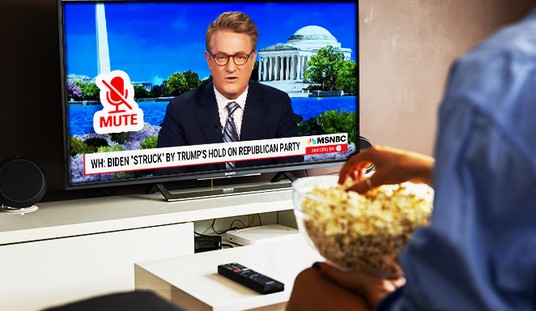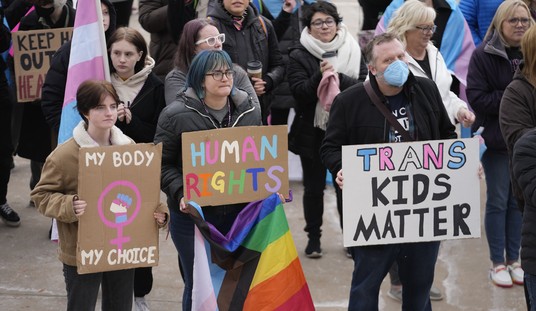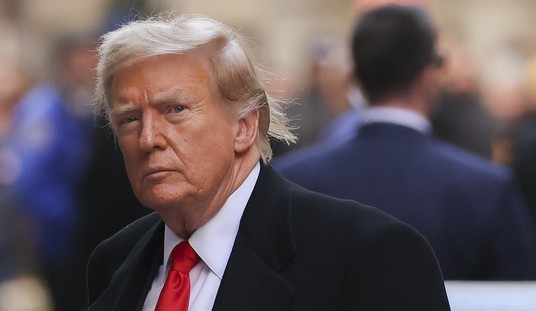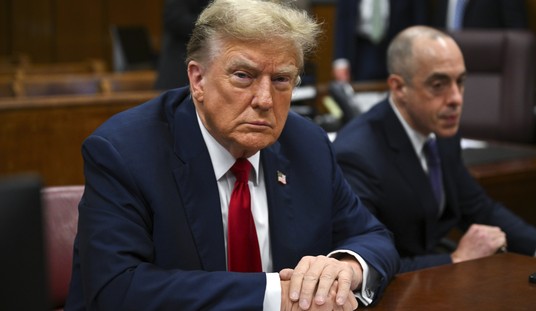10. Bonnie and Clyde (1967)
Warren Beatty and Co’s idea to make a movie showing vicious criminals as prankish antiheroes — but nevertheless have them meet the most gruesome comeuppance ever depicted on screen to that point — yielded a provocative entertainment that also expertly marshalled the forces of irony. Are we meant to laugh with these careless bandits as banjo music plays them jauntily along to their next despicable act? Maybe, but even as we become complicit in the granting of legend status to twisted narcissists we forgive ourselves for enjoying what is, in our experience of it, only a movie. And the shocking, sudden end makes sure we don’t leave the theater smiling.
9. Two for the Road (1967)
The most obscure movie on this list starred Albert Finney and Audrey Hepburn as a feuding couple on a series of car trips in Europe. Disguised as a sweet romcom, Stanley Donen’s film was actually a tricksy pocket epic about falling in and out of love with your partner down life’s exhilarating straightaways and into the ditches. The story of the couple’s romance is broken up and told out of sequence, leaving the viewer to put the puzzle back in chronological order but also understanding the point of the fragmentation: It’s a brilliant way to illustrate the how, as couples, we carry every old argument and feud and bad mood with us. But along with the regrets there is also, always, the understanding of how we fell for each other in the first place and the hope that we’re still basically the same as ever.
8. Dr. Strangelove or: How I Learned to Stop Worrying and Love the Bomb (1964)
Unsettling and hilarious in equal measure, the movie expands from a single crazy act by a general who has gone off his rocker to the destruction of the world as we know it, with each devastating step along the way totally absurd and yet somehow grimly plausible. Satire can’t do better than pushing you both ways at once, making you laugh at the ridiculous even as you wince at the essential underlying truth.
7. 2001: A Space Odyssey (1968)
Perhaps no great film has dialogue that’s more banal, not to mention sparse: Nothing is said in the first 20 minutes or the last 20. The pace is deadly and the climactic third act baffling upon a first viewing. The actors are nondescript at best. Yet Stanley Kubrick’s special-effects breakthrough remains the standard against which serious sci-fi must be judged, for its scope and ambition and its sense of majesty at what man’s place in the universe is and what it could be.
6. The Lion in Winter (1968)
Previously an obscure 12th century monarch, Henry II will live forever thanks to James Goldman’s words and Peter O’Toole’s canny portrayal. The chess match between Henry and his estranged wife Eleanor of Aquitaine (Katharine Hepburn, whose hauteur was never more befitting), each of whom has designs on who should inherit the throne after Henry’s death, inspired perhaps the smartest script about political power dynamics ever written, and yet the film is also a strange kind of romance. These two old serpents have an affection for each other that goes beyond their respect for each other’s gamesmanship. Goldman’s dialogue — poisonously cordial, elegant in its lethality — is matched for wit in this decade perhaps only by his brother William’s script for a film that would come out the following year.
5. Lawrence of Arabia (1962)
Somewhat of a letdown in its thorny, politics-filled second half, and far more dedicated to the power of mythology than to what T.E. Lawrence himself called “a sideshow of a sideshow,” David Lean’s sweeping, painterly triumph nevertheless sets a new standard for the epic by the time Lawrence hits Suez and the film marks the end of its first half. As portrayed with blue-eyed fire by O’Toole, Lawrence is an almost supernaturally inspiring figure, a testament to the power of individual action, the noble nature of physical courage and the brutal beauty of a life in soldiering.
4. Butch Cassidy and the Sundance Kid (1969)
Going Bonnie and Clyde one better, Paul Newman and Robert Redford’s buddies made for a far tighter couple than the other bank-robbing desperadoes who ruled ’60s screens. William Goldman’s impossibly clever and funny script marked the final breach with ancient studio mandates that demanded appropriate punishment for lawbreakers and turned its pair of affable banditos into joking, harmless buddies out for nothing but a merry frolic. Goldman’s genius ending — showing the boys simply fading back into the realm of legend instead of getting shot by Bolivian troops — emphasized the fanciful feeling to the whole fictionalized adventure, one that at no point was to be taken seriously. If only everyone who tried to write a buddy movie after this had one-tenth Goldman’s way with words.
http://www.youtube.com/watch?v=KuWsQSntFf0
3. The Sound of Music (1965)
Director Robert Wise used a stack of Rodgers and Hammerstein classics to whip up joy bordering on delirium, in scene after scene. The opening helicopter shot in the mountains of Salzburg, the “Do-Re-Mi” montage with the children, the escape to Switzerland at the end and even throwaway light-comic numbers like “How Do You Solve a Problem Like Maria?” became indelible.
It’s true that the film is a love story, but not the way it’s ordinarily understood: the romance between the principal characters is an afterthought. Julie Andrews made the world fall in love with her.
2. The Graduate (1967)
It took a stage director, Mike Nichols, to open up the screen with new forms of visual excitement and impeccable use of pop songs to tell the story without a word of dialogue.
The film’s breathtaking “Sound of Silence/April Come She Will” montage in which Benjamin Braddock (Dustin Hoffman), newly wised up after losing his virginity, wordlessly celebrates his initiation into adulthood even as he hates himself for making a profound error, was a revolutionary sequence.The match cuts — he leaves his parents’ pool and appears to walk directly into Mrs. Robinson’s room, which is actually in a different location, then flops down on a float only to appear in bed with Mrs. R again, then back in the pool when his father speaks to him — provide some of the most delightful misdirection ever shown on screen.
http://www.youtube.com/watch?v=hvIL_A0UsJk
1. Doctor Zhivago (1965)
Taken as a roaring adventure and a heartbreaking romance at the time, Doctor Zhivago was both of those, a grand entertainment and a beautiful object. (It still stands as the eighth-biggest box office hit of all time, if you adjust for inflation.) But the story is also that of an idealistic, nonpolitical young doctor-poet who passively supports the Bolshevik revolution and is gradually forced to recognize the collectivist calamity we see not through political speeches but through its increasingly immiserating consequences.
In its depiction of the conflict between individual rights and desires on the one hand and history on the other — particularly the endlessly repeating effort by elites to impose a top-down restructuring of societal norms — it is a screen monument, and a daring one. Hollywood’s shameful see-no-evil relationship with the greatest horror story of the twentieth century — communism — has only one great exception — the film based on the Russian novel that was banned by the Evil Empire for 30 years.








Join the conversation as a VIP Member